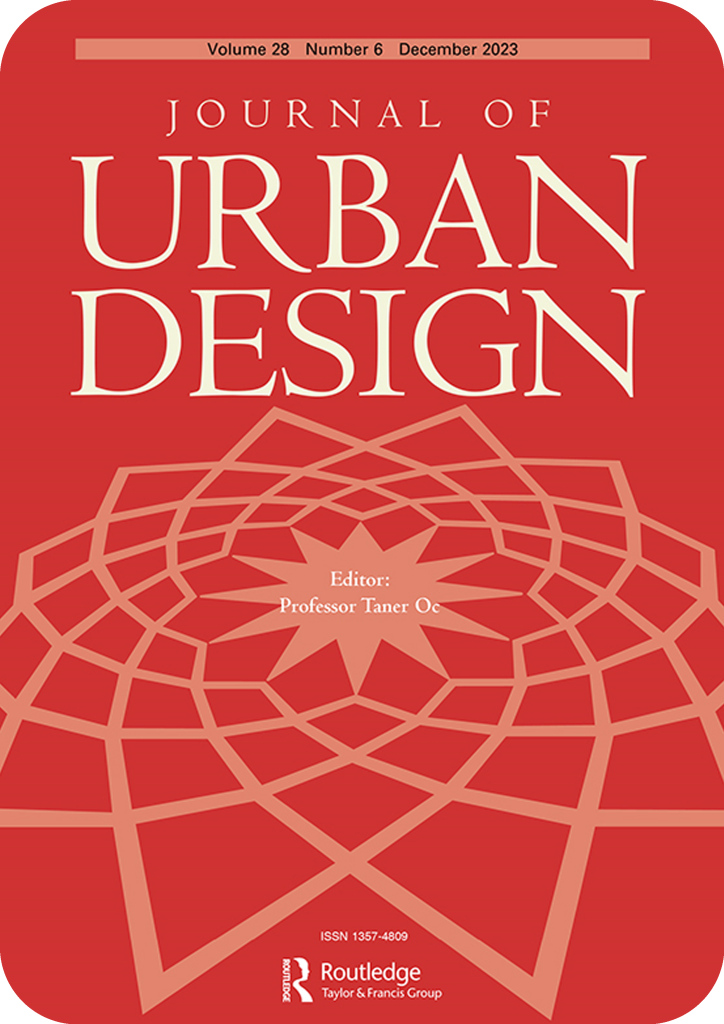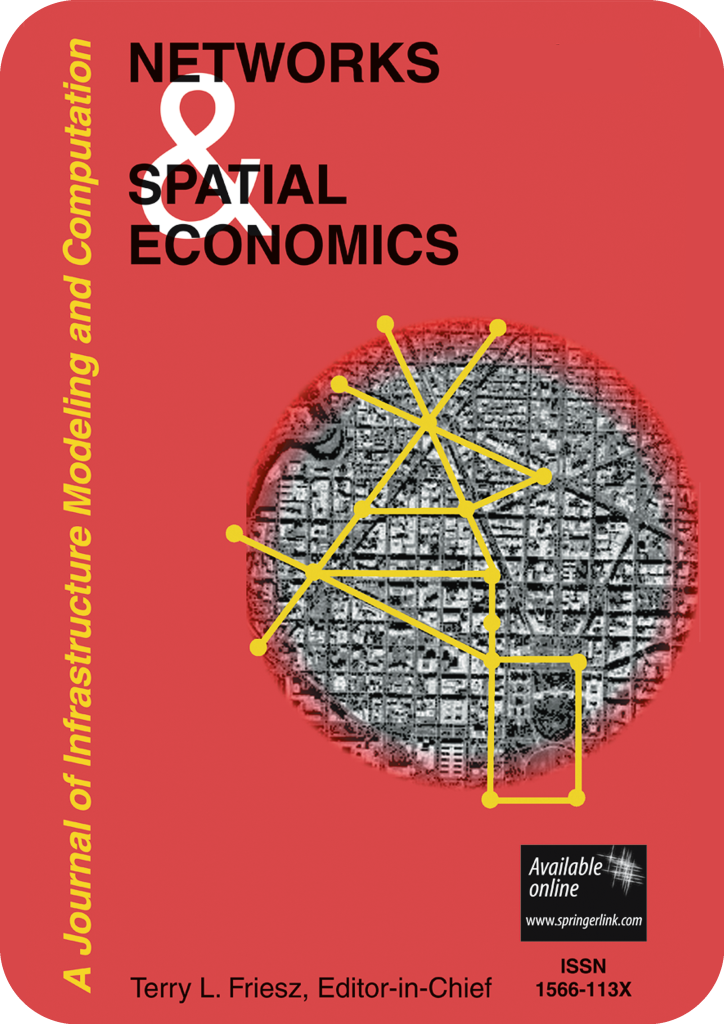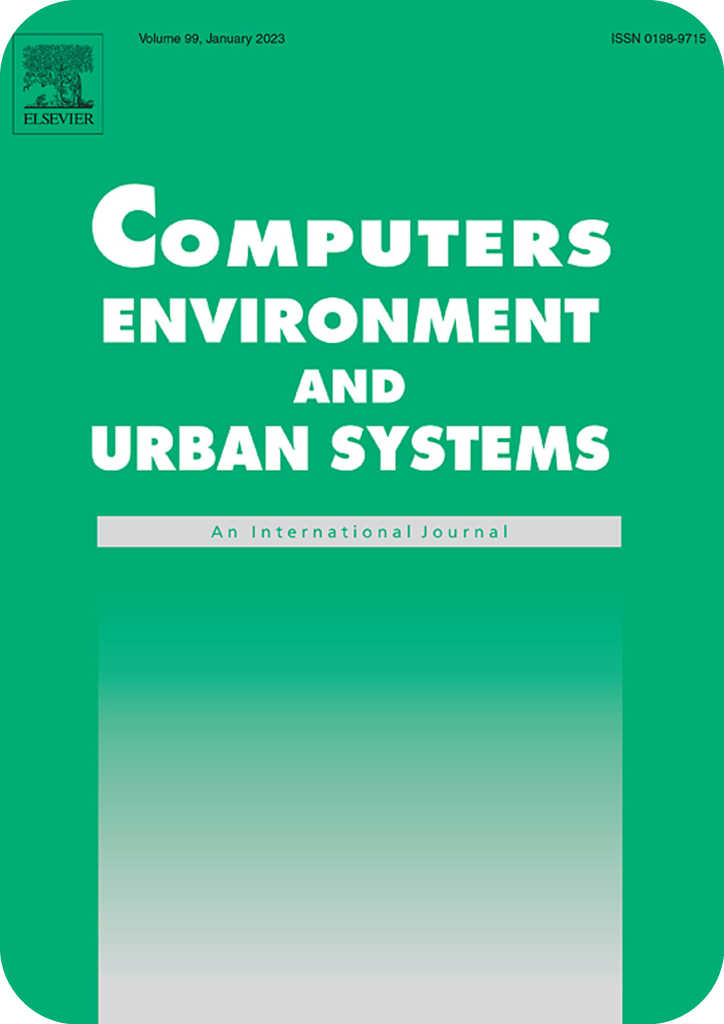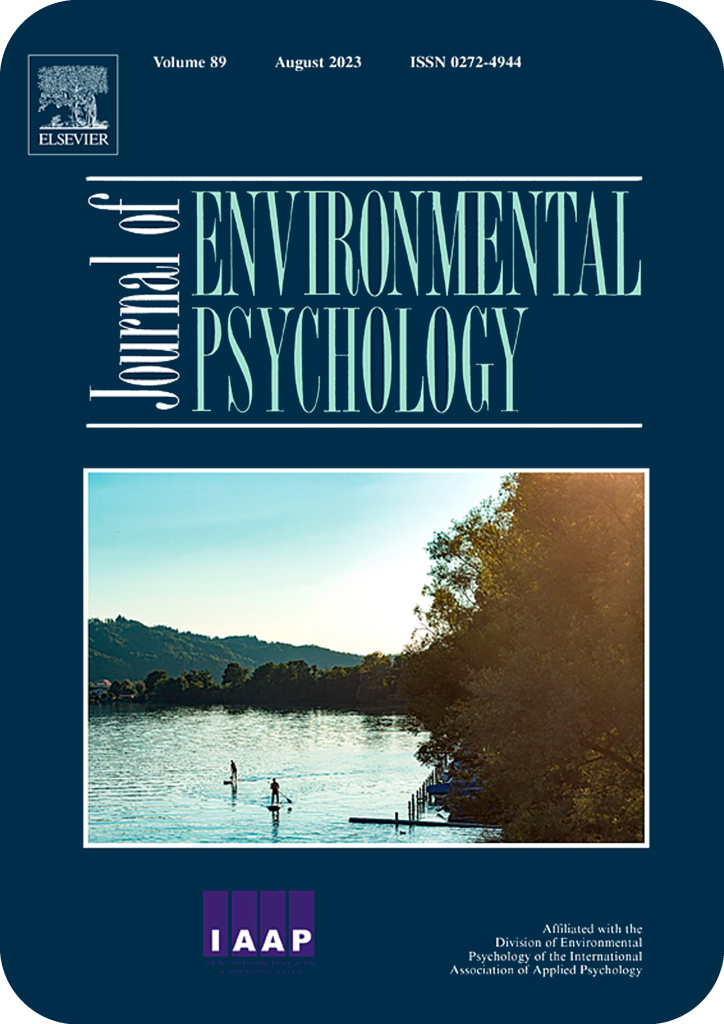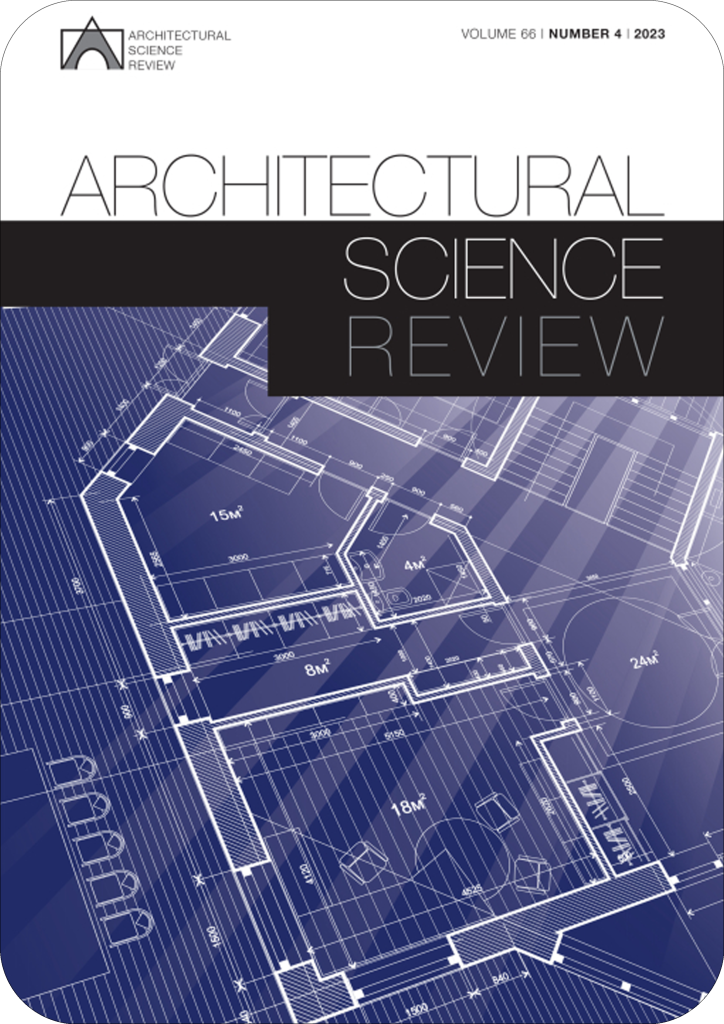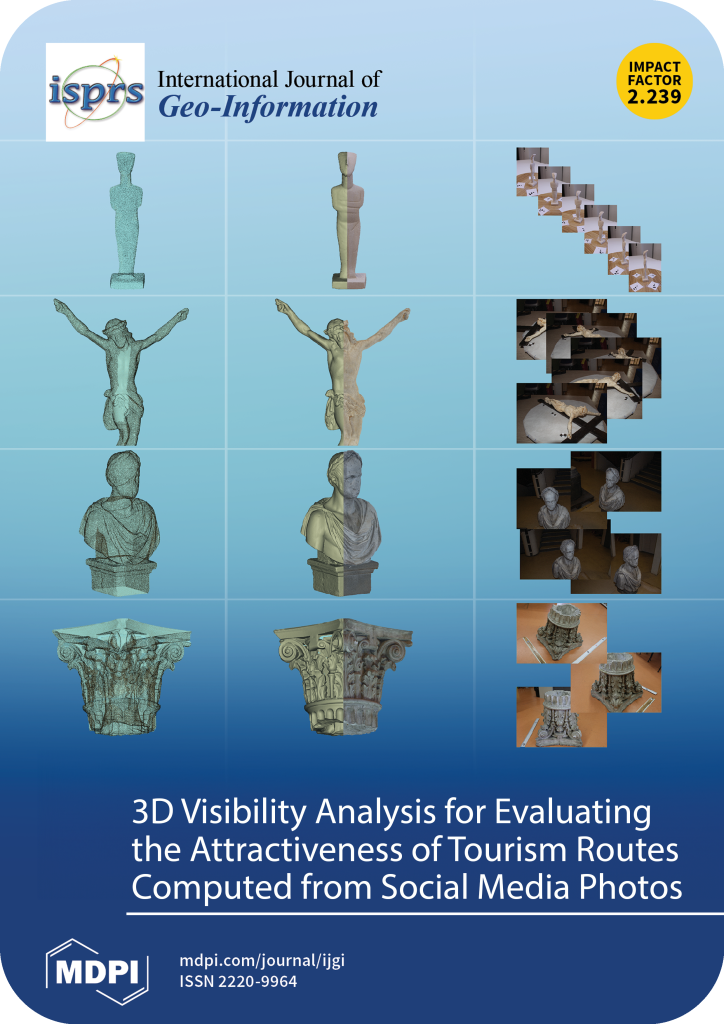
Abstract: Effective indoor wayfinding in the event of an emergency is key to guaranteeing safe and timely evacuation. However, despite the increasing number of evacuation studies, only a limited number focus on the influence of architectural elements. Through a virtual reality experiment, we create a link between human factors in indoor emergency wayfinding and architectural design by exploring interior wall transparency, evacuation starting points, and architectural landmarks. Our findings show that wall transparency only impacts wayfinding when combined with visibility at route starting points, and that staircases and ramps are the most significant architectural landmarks in emergency wayfinding. These differ from previous studies that primarily emphasize overall visibility in a building. Additionally, in cases of more complex evacuation scenarios with low visibility conditions, wayfinding necessitates a greater number of architectural features. These findings enhance the understanding of architectural designs as complex, multi-leveled systems with numerous distinct features that evoke a set of structural relationships in emergency situations.
More Papers
